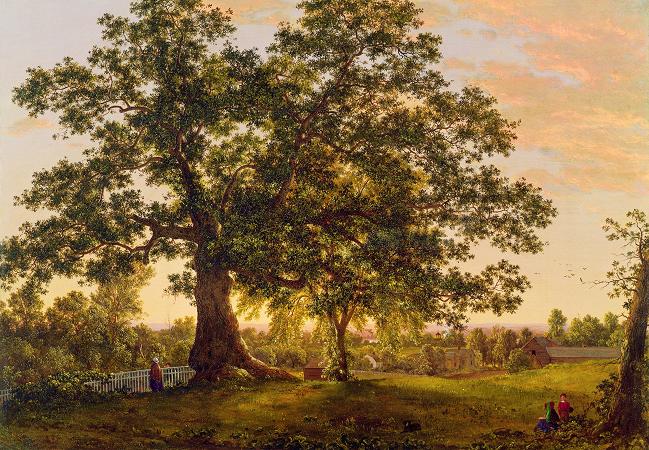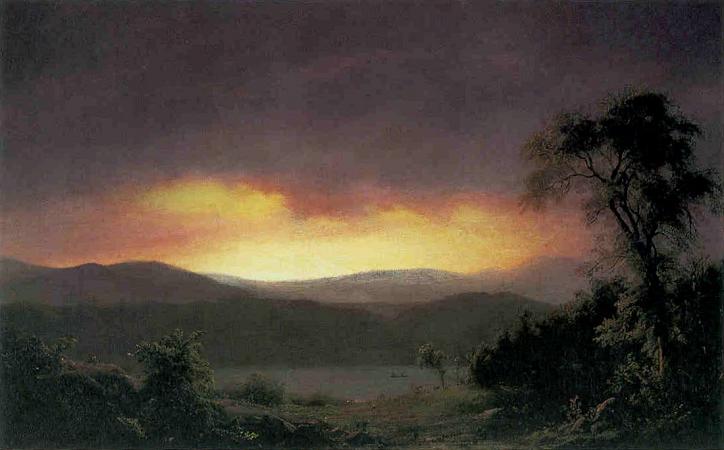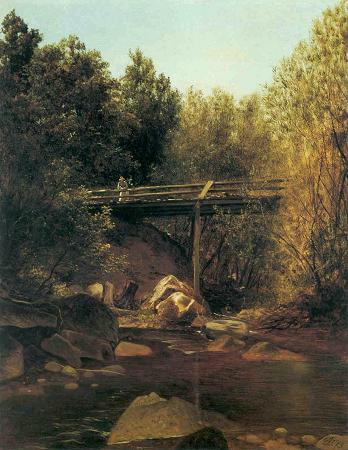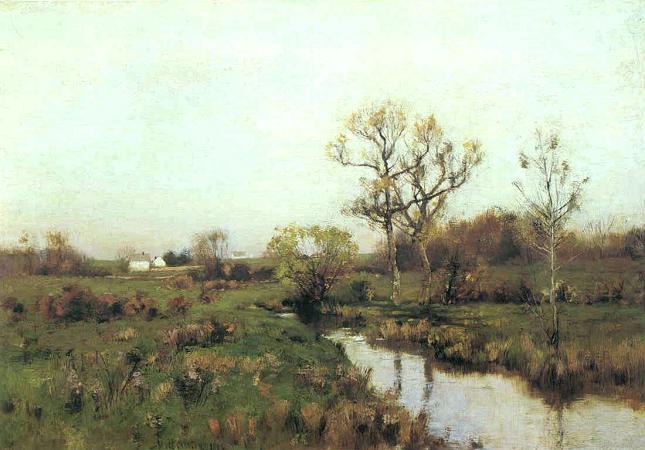Florence Griswold Museum. The Florence Griswold Museum is an art museum at 96 Lyme Street in Old Lyme, Connecticut centered on the home of Florence Griswold, which was the center of the Old Lyme Art Colony, the main center of development of American Impressionism. The museum is noted for its collection of American Impressionist paintings. The house was designated a National Historic Landmark in 1993. The Museum's Robert and Nancy Krieble Gallery, featuring 9,500 square feet of exhibit space and sweeping views of the Lieutenant River opened in 2002. In 2001, the Museum acquired the corporate collection of the Hartford Steam Boiler Inspection and Insurance Company, once the world's largest insurer against equipment breakdown. The collection included 157 oil paintings, 31 works on paper and 2 works of sculpture, all Connecticut-related. Rebekah Beaulieu became Director of the Museum in February 2018, succeeding Jeff Andersen, who led the museum for 41 years. Beaulieu holds a bachelor's degree in American studies from George Washington University, a master's in art history and museum studies from University of Wisconsin-Milwaukee, a master's in arts administration from Columbia University, and a Ph.D. in American and New England studies from Boston University. Collection highlights: Milton Avery, East Hartford Meadow, 1922. Frederic Church, The Charter Oak at Hartford, 1946. Childe Hassam, Summer Evening, 1886. David Johnson, View of Greenwich, Connecticut, 1878. John F. Kensett, Shore of Darien, Connecticut, 1872. Harlan Page, Portrait of a Man, 1815. Edward Francis Rook, Laurel, c. 1905-10. Gurdon Trumbull, Black Bass, 1872. John Ferguson Weir, East Rock, New Haven, 1901. Edwin White, The Fisher Boy, 1840. Matilda Browne, Peonies, ca. 1907. Bessie Potter Vonnoh, Jessie Wilson, 1912-13. Works by Emil Carlsen, Charles Ebert, Bruce Crane and Willard Metcalf. The Florence Griswold House in Old Lyme, Connecticut was a boarding house run by Florence Griswold, where American Impressionist artists lived and painted—often directly on the walls and doors of the house. The building is now part of the campus of the Florence Griswold Museum. Leading artists of the Old Lyme Art Colony who stayed at the boarding house were Henry Ward Ranger, Edward Charles Volkert, Childe Hassam, and Willard Metcalf. U.S. President Woodrow Wilson and his family dined with Miss Florence and the artists in the house. Old Lyme resident Harry Hoffman helped to save Griswold's house through a fund-raising campaign so that it could be converted into a museum. I saw a charming house that appeared like a Roman temple among the trees. Admiringly, I beheld the broad steps surmounted by four huge ionic columns that towered to the roof and formed a magnificent adornment to the mansion's front, the handsome old doorway of which stood hospitably open. — Arthur Heming, artist of the Lyme Art Colony The entire first floor has been furnished to reflect its appearance in about 1910, the height of its years as an artists' boarding house. Visitors enter through a wide center hall, where an informal gallery displays paintings on grass cloth walls. The hall also contains Colonial and Empire furniture. Two bedrooms are off the hallway — Miss Florence's bedroom and a guest bedroom. A parlor on the first floor has artists' brushes on the mantel. In that room the artist-boarders would present various types of entertainment for each other. The second floor is exhibition space. Samuel Belcher, architect of the Old Lyme Congregational Church, designed the late Georgian-style house for William Noyes. It was built in 1817. The artists who painted on the house's doors and walls were probably following a tradition imported from hostelries in the French art colonies at Barbizon, Giverny, and Pont-Aven. A total of 41 painted panels are in the downstairs rooms. The house was declared a National Historic Landmark in 1993. In July 2007 the building reopened after a 14-month restoration project.
more...














